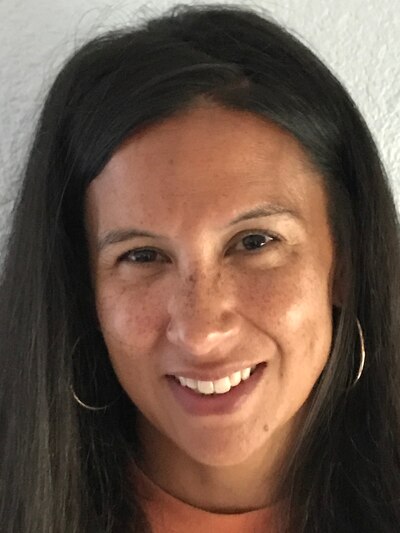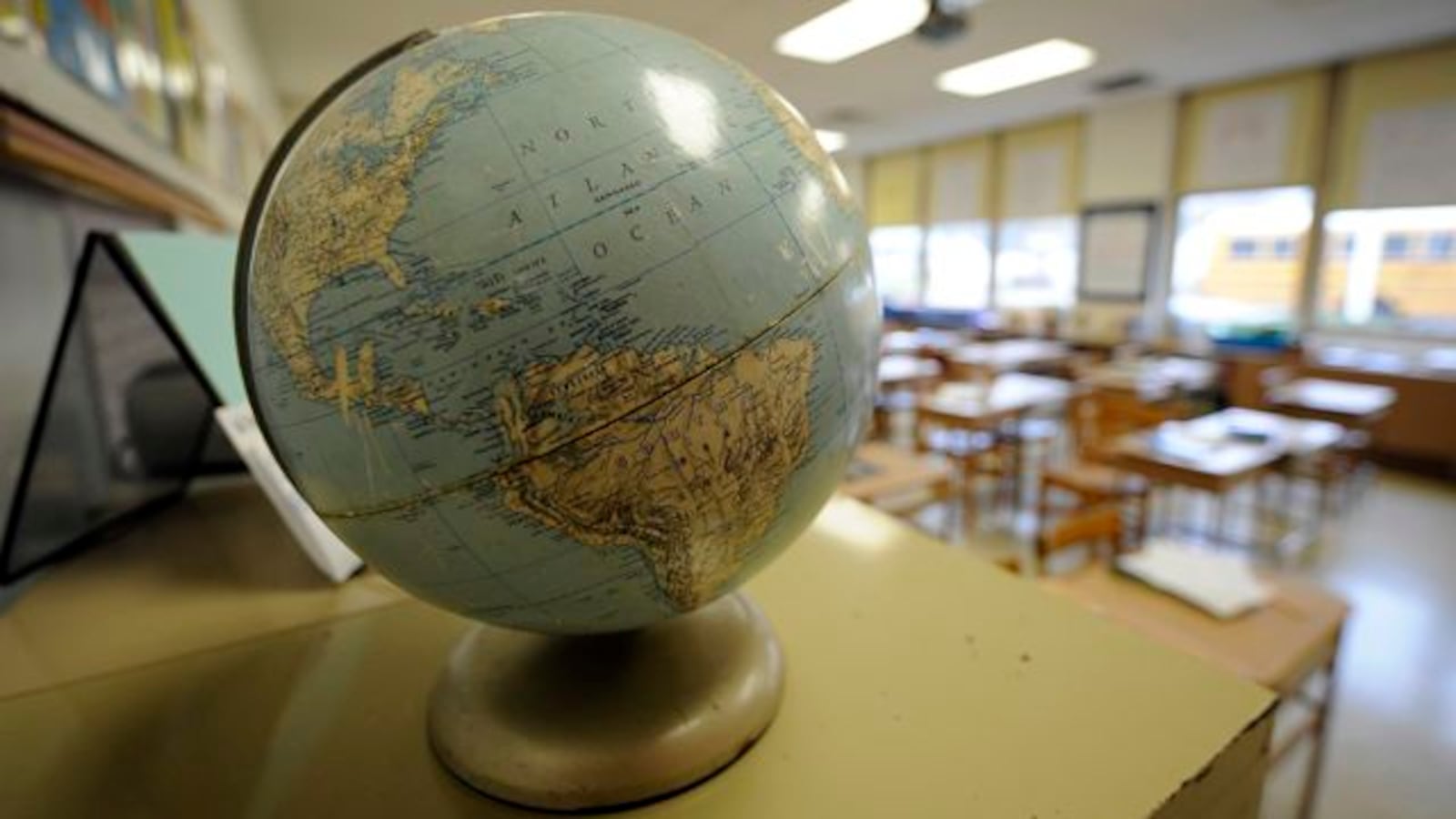How do teachers captivate their students? Here, in a feature we call How I Teach, we ask great educators how they approach their jobs. You can see other pieces in this series here.
Carla Cariño, who teaches civics and ethnic studies at Denver’s North High School, got hooked on teaching because of the things she didn’t learn while she was in school — episodes such as the Wounded Knee Massacre and the incarceration of Japanese-Americans during World War II.
To Cariño, understanding history is a path to changing the world.
She talked to Chalkbeat about how her students change the world through civic action projects, why she loves meeting students’ parents and what celebrity coined her favorite piece of advice.
Cariño is one of 20 educators selected for the state’s new Commissioners Teacher Cabinet. The group will provide input to officials at the Colorado Department of Education on the impact of education policies in the classroom.
This interview has been condensed and lightly edited.
Why did you become a teacher?

When I started history courses in college, I was shocked to hear some of the events that took place in history such as the Japanese-American Internment and the Wounded Knee Massacre. I never learned those stories in my high school history classes. It impacted how I saw the world and compelled me to use the knowledge of history as the path towards change in our world. The story of American history is the greatest underdog story of all time and I felt students, adolescents in particular, could be inspired to create change through these stories as well.
What does your classroom look like?
My classroom is staged to encourage group and class collaboration. The walls are covered with quotes and posters from different historical figures in hopes that they make an impression or initiate a thought when their eyes start to wander around the room. My blinds are always open with the sunshine intentionally shining on my 1986 Cleveland Browns poster, which sparks a lot of conversation.
Fill in the blank. I couldn’t teach without my __________. Why?
Fellow teachers. My peers help give me the confidence to try new things and push me to be a better teacher.
What is one of your favorite lessons to teach? How did you come up with the idea?
The final unit in Civics every semester is a Civic Action project. For this assignment, students must choose an issue, preferably at the school or local level, for which they want to try and find a policy solution. I am always amazed at the ideas students come up with. This past year, many students wanted to work on gentrification and the lack of affordable housing in Denver. One student worked on improving school lunches and a student last year wanted to work on more school lunch options for Muslim students.
I love this project because I am inspired by the solutions that young people have to issues in our communities. Policy makers should really talk to teenagers more to gain perspective and ideas on solutions to the issues of our time.
Civic action projects are something I’ve been doing since I was a student teacher. My mentor teacher taught me how to implement these types of projects with students early on in my career during student teaching. I also use parts of a curriculum called Project Citizen, which provides a framework for civic action projects.
How do you respond when a student doesn’t understand your lesson?
I provide after-school support or schedule a time when a student can meet. I also provide one-on-one instruction in class or peer support. I try to use many visuals and sample assignments that help students see which direction to go.
How do you get your class’s attention if students are talking or off task?
I have a pair Tibetan musical instruments I use when things get really noisy. They always get the students’ attention and also produce questions like, “What are those things?”
How do you get to know your students and build relationships with them? What questions do you ask or what actions do you take?
There are some things about me that are forever adolescent. I love candy and hot Cheetos and I tend to like the same music as teens, although that is changing to some extent as I age. I engage in conversations they have with friends and join the discussion. Just talking to students without academic interference is one of the best ways to create relationships.
Tell us about a memorable time — good or bad — when contact with a student’s
family changed your perspective or approach.
I LOVE meeting students’ parents. I love seeing if they look like them or if their personalities are similar. Meeting parents helps me to see and understand my students as a whole and not a person in my classroom for 50 minutes. It makes me more compassionate for them.
I once had a student with whom I was having a battle of the wills. When he and his mother came in for student-led conferences, she and I really connected. We watched similar TV shows and more importantly, I saw how proud she was of her son because he had worked so hard in school, largely due to her encouragement and love. It made me realize that he was a good person walking the right path and the behaviors that got under my skin were simply typical teen behaviors, not a big deal in the scope of things. This connection helped me see him for all of the roles that he played: A student, son, brother, etc. I was able to better connect with him after that.
What are you reading for enjoyment?
“The Underground Railroad” by Colson Whitehead.
What’s the best advice you ever received?
This might sound silly but Oprah once said on her show that the bond that ties all humans together is their desire to be heard. That is so true and it crosses race, sex, class, age, etc. When I am struggling with a student, I remind myself of this which helps me find compassion for any and everybody.

